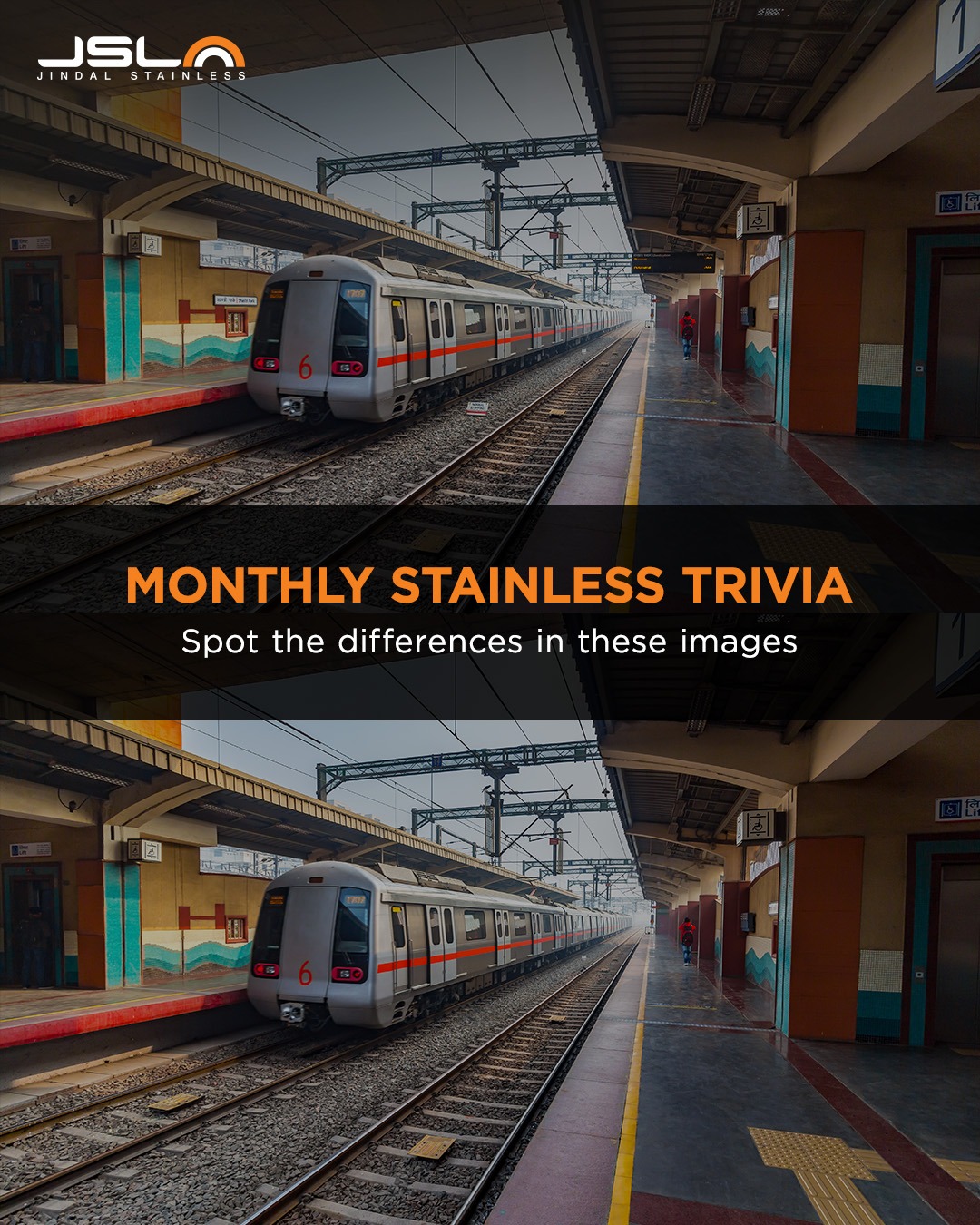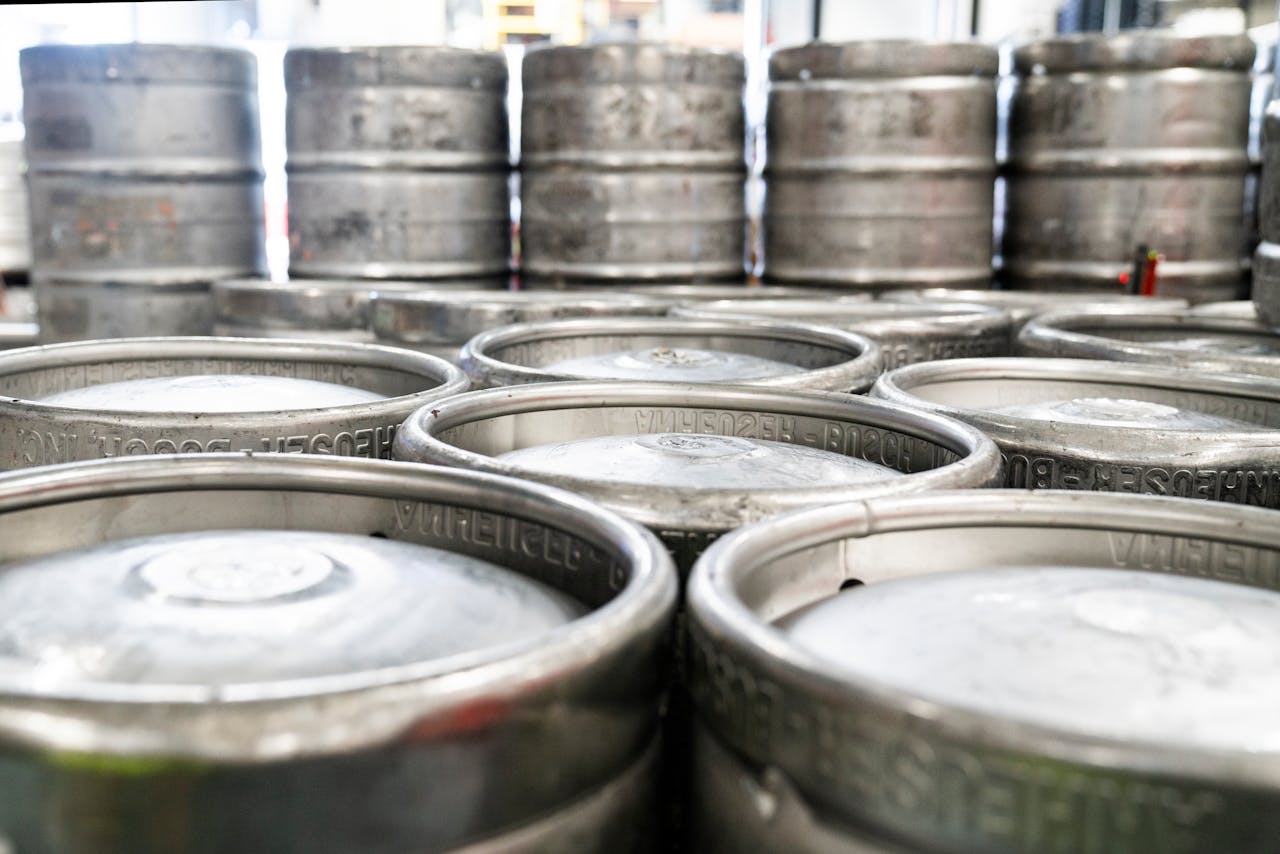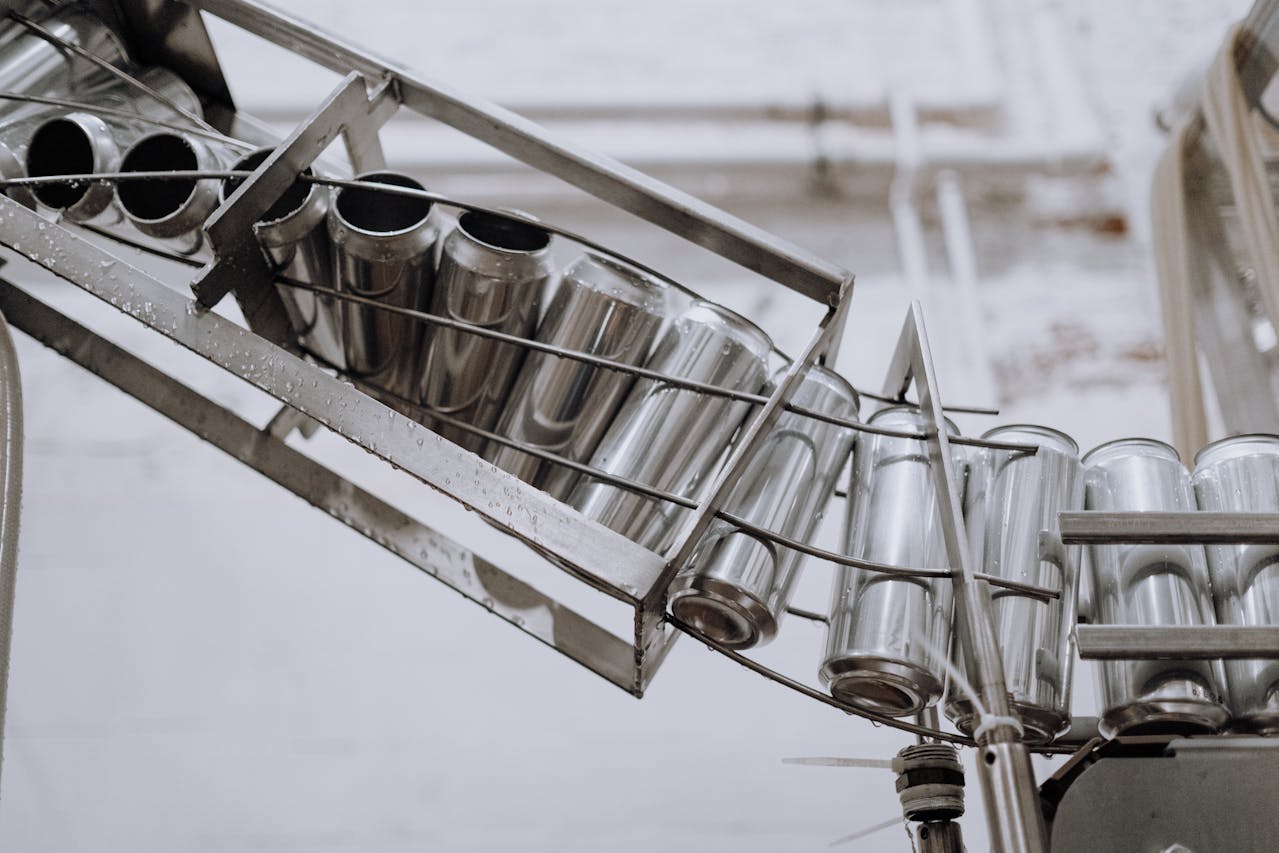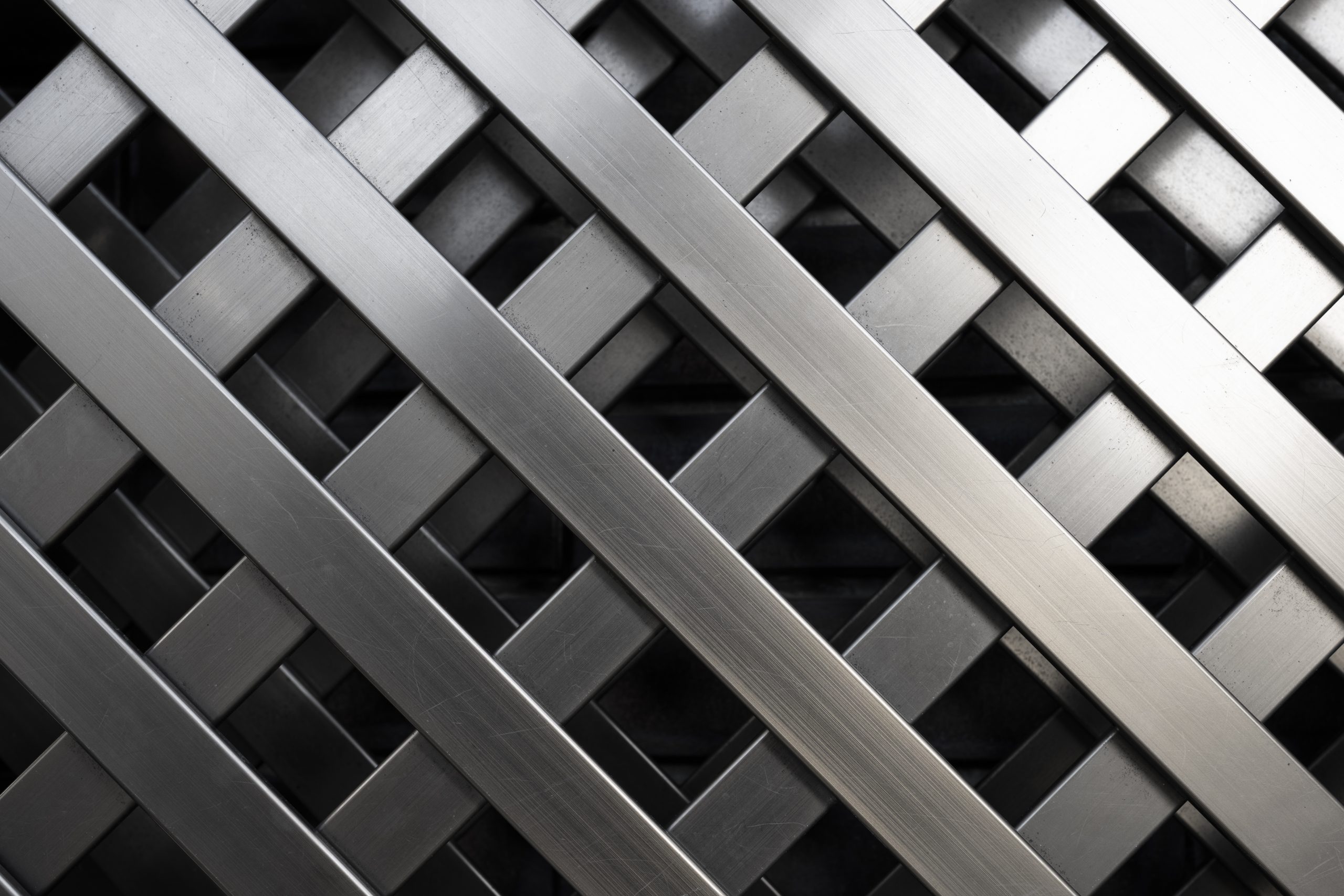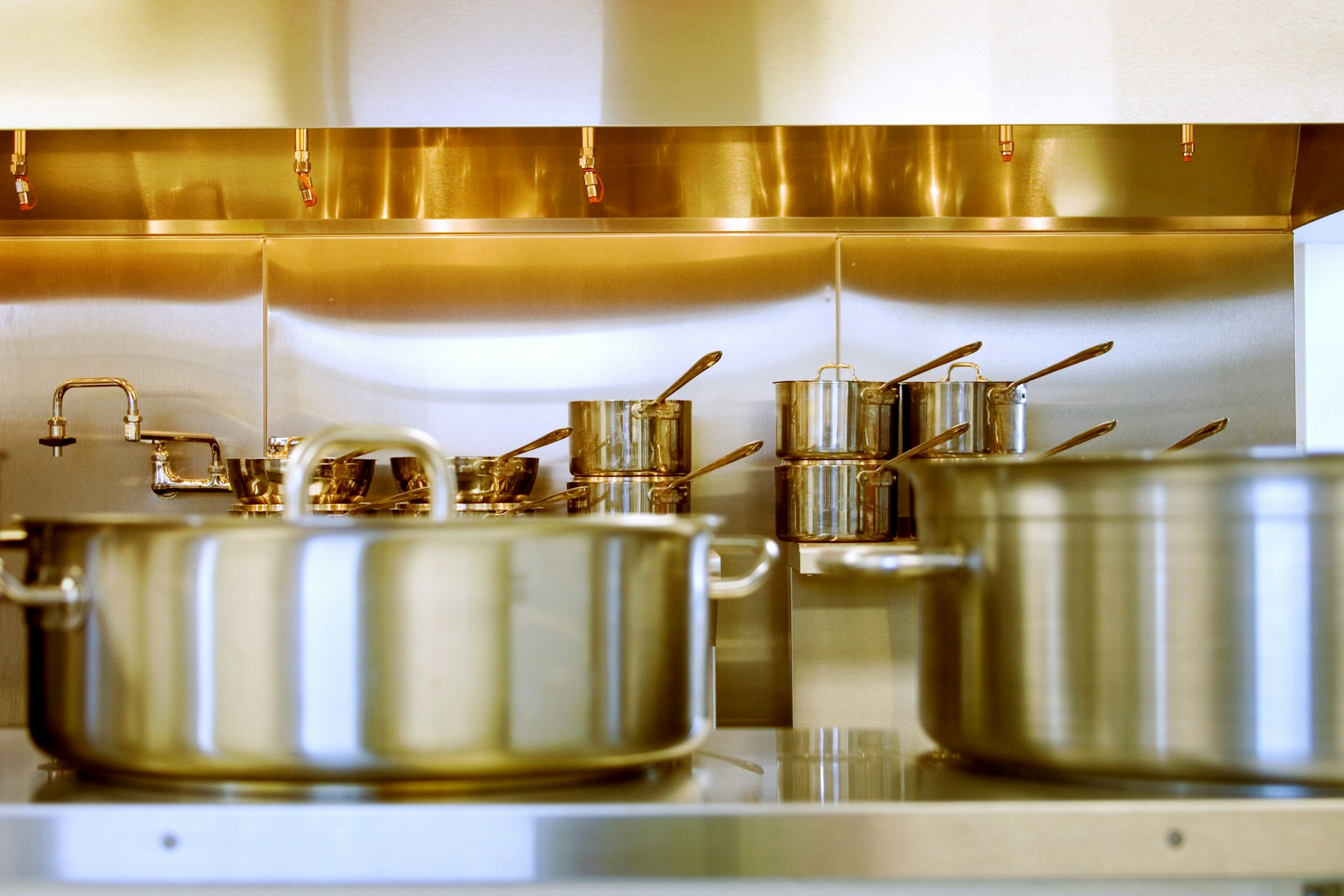Hot Rolled Stainless Steel vs. Cold Rolled Stainless Steel: What’s the Difference?
January 28, 2025
Within the industrial sector, stainless steel rolling is an important method for alloy formation that is necessary to meet specific application needs. While stainless steel is renowned for its strength and adaptability, its ultimate properties and compatibility for different uses are significantly influenced by the particular processing technique cold rolled stainless steel vs hot rolled stainless steel.
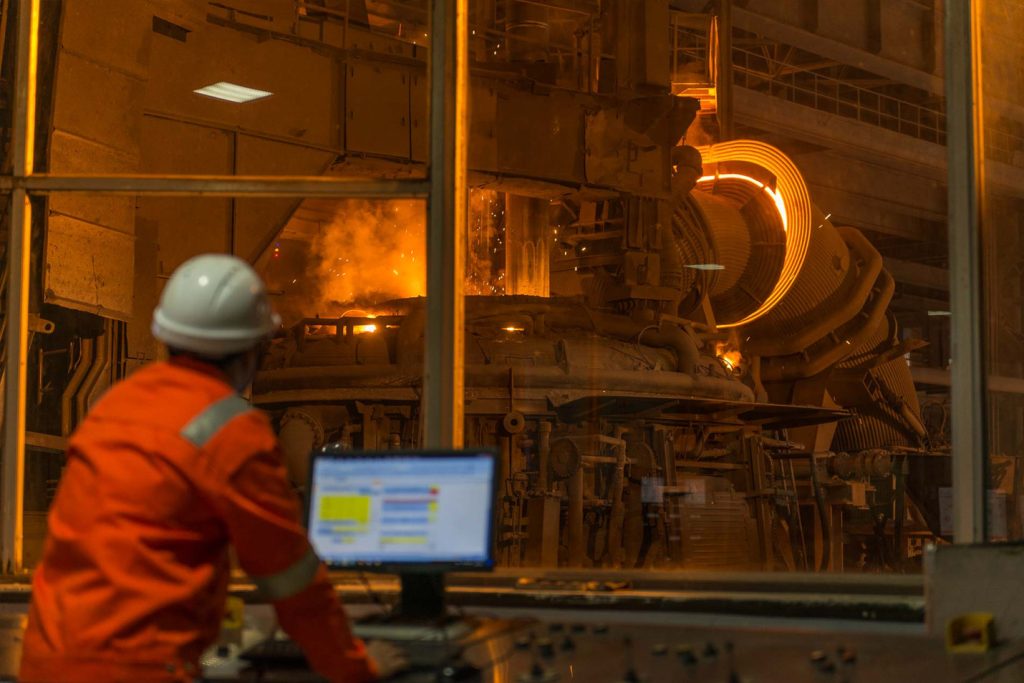
The main focus of the talk is the primary differentiation between cold-rolled stainless steel vs hot-rolled SS. We will analyse the distinctions between hot-rolled and cold-rolled stainless steel, explaining how each process affects the application, performance, and result of stainless steel in projects, from building projects to complex infrastructure developments. The complexities of hot rolling and cold rolling will become clear as we go along, giving you the ability to make choices that are in line with the goals and technical requirements of your projects. Let us understand in depth about what is the difference between hot and cold rolled stainless steel.
What Is Hot Rolled Stainless Steel?
Hot rolled stainless steel is the result of a rigorous stainless steel-making process in which high-temperature heated slabs or billets of stainless steel are deformed between rollers to create thinner sheets, bars, and other shapes. The term “hot rolling” refers to rolling stainless steel at a temperature higher than its recrystallisation point, usually above 900°C, making shaping the alloy simpler.
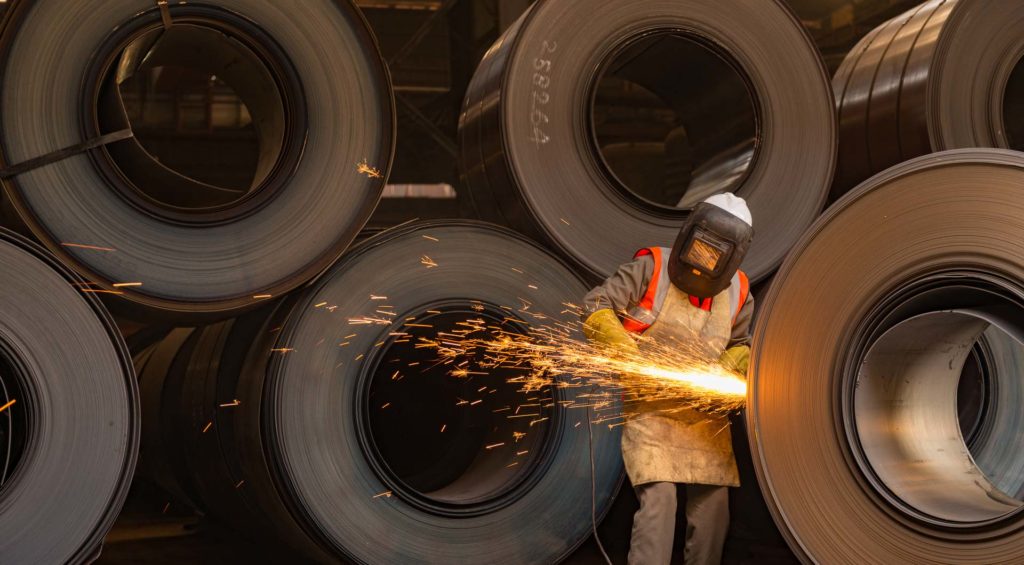
The high temperatures used in the hot rolling process can cause the stainless steel’s surface to scale, but they also significantly reduce the grain size compared to as-cast conditions, which improves formability and increases the stainless steel’s resistance to rough conditions. This makes hot-rolled stainless steel beneficial for large-scale structural projects in which pliability is required during the early fabrication stage.
Hot rolled stainless steel often has a rough surface and a wider tolerance than cold-rolled stainless steel. However, these are not negative features that reflect the inherent properties that make hot-rolled stainless steel a practical choice for foundational structures. Hot rolling and cold rolling techniques are used in industrial stainless steel applications not only for convenience but also to ensure that material properties are properly matched to project specifications.
Hot-rolled stainless steel is commonly used to make structural beams, railroad tracks, and construction materials that serve as the foundations of structures. This preference is based on its toughness and endurance, which are critical for constructions that must survive high mechanical stress and environmental conditions.
What Is Cold Rolled Stainless Steel?
Cold-rolled stainless steel is the highest of precision and strength in the field of stainless steel solutions. Unlike other materials, cold rolled stainless steel goes through further processing to enhance its qualities to meet the most severe specifications.
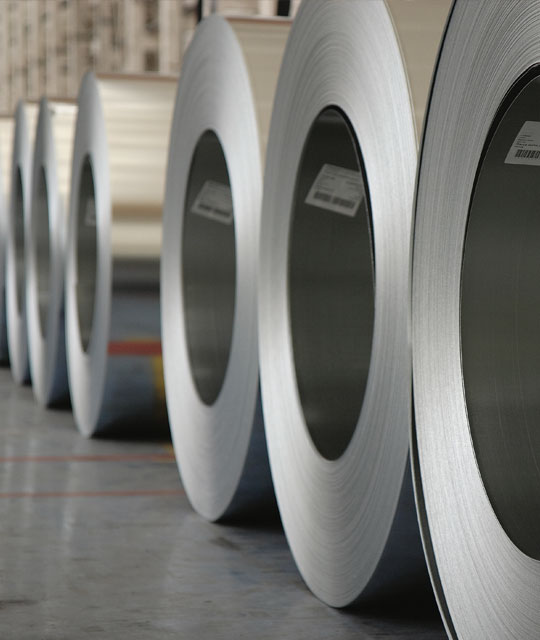
After the initial hot rolling process, the stainless steel is cooled to room temperature and then further rolled at this ambient temperature. This cold rolling process not only tightens the stainless steel’s dimensions for greater accuracy but also enhances its surface finish and increases its strength. The distinction lies in the material’s inherent strain-hardening behaviour, which yields superior mechanical strength.
The benefits of cold-rolled stainless steel are numerous. Its ability to maintain tighter dimensional tolerances, along with a smoother surface, makes it an excellent choice for applications requiring aesthetics and accuracy. Furthermore, the increased strength obtained from cold rolling expands the application of stainless steel to areas where robustness is an important factor.
Cold rolled stainless steel has a wide range of applications, including in industries where a thinner gauge sheets having precise dimensional tolerance is of primary requirement. Automotive components, complicated machinery parts, and high-end appliances are kinds of structures where cold rolled stainless steel is applied. In architectural and urban infrastructure projects, it provides not only structural integrity but also refined aesthetics, providing solutions that are both functional and visually pleasing.
Key Differences Between Hot Rolled and Cold Rolled Stainless Steel
The difference between hot rolling and cold rolling is important in the infrastructure and construction industries. Each variation caters to specific needs and projects, necessitating a thorough understanding of their features and manufacturing processes. Let us understand the main differences between hot and cold rolled stainless steel in detail:
| Difference | Hot Rolled Stainless Steel | Cold Rolled Stainless Steel |
| Manufacturing Process | Hot rolled stainless steel is processed at high temperatures, over 1700°F (around 927°C), which is above the recrystallization temperature of the alloy. | Cold rolled stainless steel is processed at or near room temperature. After the initial hot rolling, the stainless steel is allowed to cool and is then further rolled at room temperature |
| Surface, Finish & Appearance | Hot rolled stainless steel has a rougher, more scaled surface resulting from the high-temperature processing. Less aesthetic and perfect for structural applications with less appearance concern. | Cold rolled stainless steel has a much smoother and more refined finish, making it more suitable for applications where aesthetics are important, such as in consumer products or architectural work. |
| Strength & Durability | Hot rolled stainless steel offers lower strength compared to cold rolled stainless steel. | Cold rolled stainless steel generally offers superior strength and hardness compared to hot rolled stainless steel due to the work hardening and finer grain structure achieved during the cold rolling process. If you consider intermediate annealing, then the strength value might decrese as well. |
| Cost Considerations | Generally less costly to produce than cold rolled stainless steel due to the simpler and fewer processing steps involved. | Typically more expensive due to the additional processing it undergoes. |
| Applications & Usage | Often used in construction and structural components, including beams, rail tracks, and other large structures where the material thickness needs to be higher, the surface finish and dimensional tolerance are less critical. | Cold-rolled stainless steel is mainly used for things that need aesthetic appeal and robustness, like machines, automotive components, and architectural applications It’s also great for products you use every day and for fancy design details on buildings. |
Selecting the right type of stainless steel is critical and so is understanding cold-rolled stainless steel vs hot-rolled stainless steel. Hot rolled vs cold-rolled stainless steel offers cost efficiency for large, less finish-sensitive projects, while cold-rolled stainless steel provides a superior finish and greater strength for detailed, aesthetic applications. Your choice should align with project specifications, balancing cost, finish, and structural integrity.
Connect with our Jindal Stainless experts to better understand the difference between hot rolling and cold rolling and make the best choice, ensuring your infrastructural endeavours are empowered with Duplex Stainless Steel—the epitome of resilience and sophistication
